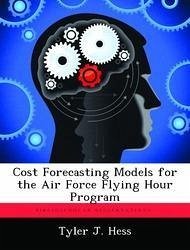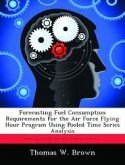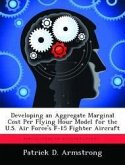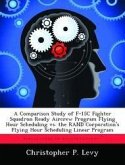The fiscally constrained environment in which the Air Force executes its mission places great emphasis on accurate cost estimates for planning and budgeting purposes. Inaccurate estimates result in budget risks and undermine the ability of Air Force leadership to allocate resources efficiently. This thesis evaluates the current method used by the Air Force and introduces new methods to forecast future Flying Hour Program costs. The findings suggest the current forecasting method's assumption of a proportional relationship between cost and flying hours is inappropriate and the relationship is actually inelastic. Prior research has used log-linear least squares regression techniques to forecast Flying Hour Program cost, but has been limited by the occurrence of negative net costs in the underlying data. This research uses time series and panel data regression techniques while controlling for flying hours, lagged costs, and age to create net costs models and an alternative model by separately estimating the two components of net costs which are charges and credits. Finally, this research found neither the proportional, net costs, nor charge minus credit models is a superior forecaster. As such, the models introduced in this research may be used as a cross check for the current method.
Hinweis: Dieser Artikel kann nur an eine deutsche Lieferadresse ausgeliefert werden.
Hinweis: Dieser Artikel kann nur an eine deutsche Lieferadresse ausgeliefert werden.








